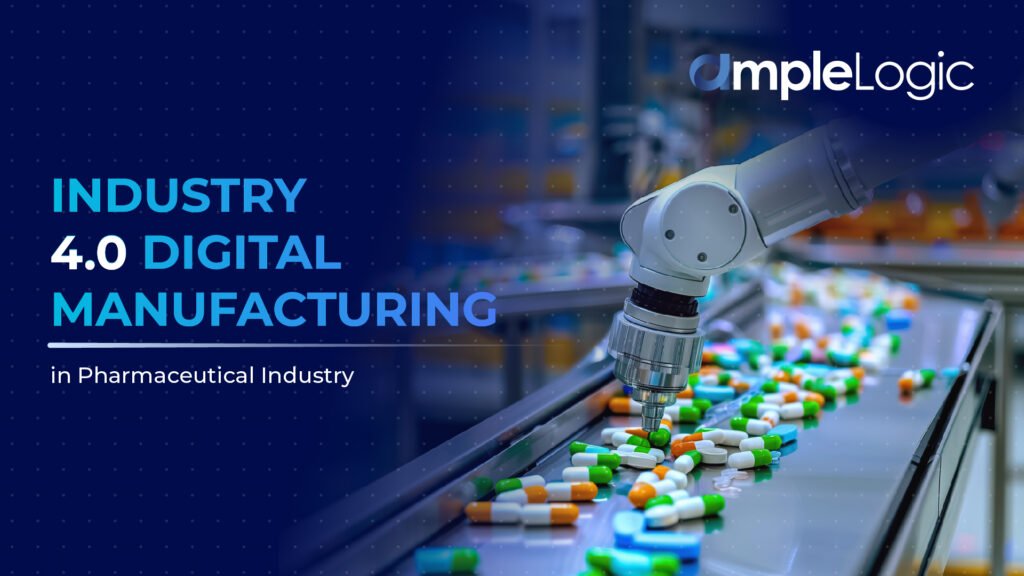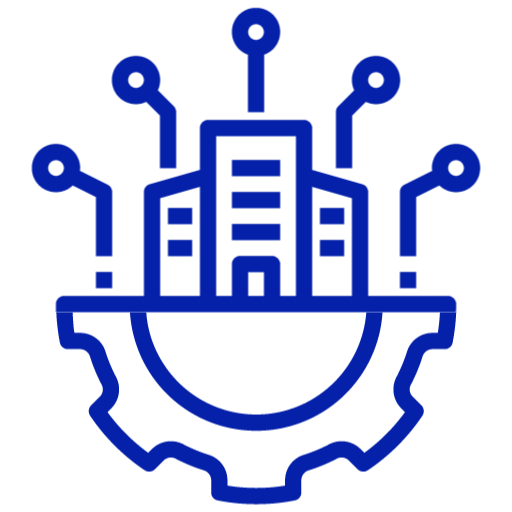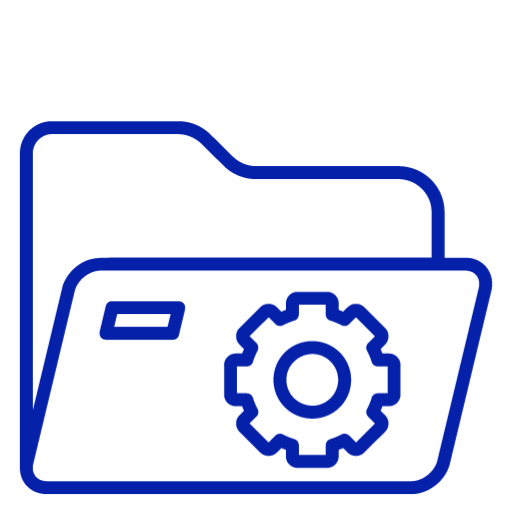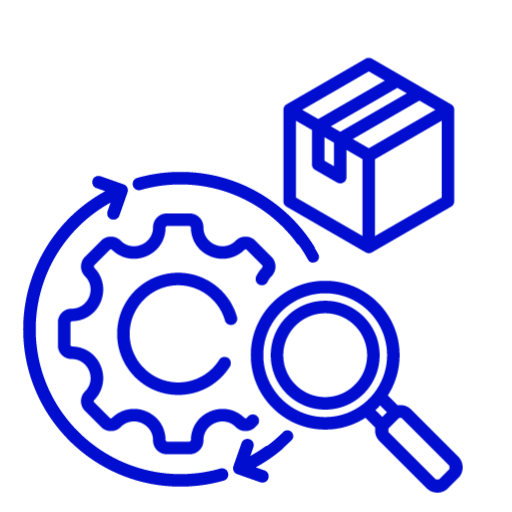
Quality assurance is paramount in the realm of pharmaceutical manufacturing. The processes of quality management within this industry are rigorously structured and meticulously regulated to safeguard consumer health and adhere to strict compliance standards. One critical component of this quality assurance framework is Annual Product Quality Review (APQR). It is the comprehensive evaluation of the quality standards and processes employed throughout the lifecycle of a pharmaceutical product, facilitated by advanced product quality monitoring software.
Challenges in Traditional APQR Processes
Traditionally, APQR has been a time-consuming and resource-intensive endeavour, relying heavily on manual data collection, analysis, and documentation. Additionally, disparate data sources and formats hinder comprehensive assessments, while lack of real-time monitoring makes it difficult to promptly identify quality deviations. Moreover, regulatory compliance requirements add complexity, often requiring extensive documentation and validation checks. Overall, these challenges impede efficiency, accuracy, and effectiveness in traditional APQR processes, highlighting the need for modern solutions like Product Quality Monitoring Software.
Product Quality Monitoring Software Solution
The advent of advanced technology, particularly PQMS has revolutionized the APQR process, enabling pharmaceutical manufacturers to enhance efficiency, accuracy, and compliance. Product Quality Monitoring Software offers a centralized repository for all quality-related data, including manufacturing processes, raw materials, analytical results, and adverse event reports. By integrating data from various sources, PQMS provides a holistic view of product quality, facilitating comprehensive APQR assessments. Here’s how leveraging PQMS can elevate APQR practices in pharmaceutical manufacturing.
Embracing PQMS for Enhanced APQR Practices
- Streamlined Data Collection: PQMS automates the collection of vast amounts of data from various stages of manufacturing, ensuring comprehensive data acquisition for APQR analysis.
- Real-time Data Monitoring: PQMS enables real-time monitoring of critical quality attributes throughout the manufacturing process. By capturing data at every stage, from raw material procurement to finished product distribution, manufacturers can promptly identify deviations or trends that may impact product quality. This proactive approach allows for timely interventions to maintain compliance and mitigate risks, ultimately enhancing APQR outcomes.
- Automated Data Analysis: Manual data analysis is not only labour-intensive but also prone to human error. PQMS automates the analysis of vast datasets, utilizing algorithms and statistical models to identify patterns, correlations, and anomalies. This automation accelerates the APQR process, enabling manufacturers to generate insights more efficiently and make data-driven decisions regarding product quality and process optimization.
- Risk Mitigation: PQMS assists in identifying potential risks to product quality early on, allowing for proactive risk mitigation strategies to be implemented, thereby reducing the likelihood of quality issues arising during manufacturing.
- Enhanced Compliance Management: Compliance with regulatory requirements is non-negotiable in the pharmaceutical industry. Product Quality Monitoring Software streamlines compliance management by providing built-in validation checks, audit trails, and documentation controls. By aligning APQR activities with regulatory guidelines, manufacturers can demonstrate adherence to quality standards and expedite regulatory approvals.
- Continuous Improvement Initiatives: PQMS facilitates continuous improvement initiatives by fostering a culture of data-driven decision-making. Through trend analysis and root cause investigations, manufacturers can identify opportunities for process optimization and quality enhancement. By iteratively refining manufacturing processes based on APQR findings, companies can drive operational excellence and sustain competitive advantage.
- Documentation and Audit Trail: Product Quality Monitoring Software maintains a comprehensive audit trail of all quality-related data and actions taken during APQR, ensuring thorough documentation for regulatory compliance purposes and simplifying audit processes.
- Increased Efficiency: Automation of APQR tasks and workflows through PQMS software reduces manual efforts and errors, leading to more efficient and effective execution of APQR practices.
- Collaborative Workflow Management: APQR involves cross-functional collaboration among various departments, including quality assurance, production, and regulatory affairs. PQMS facilitates seamless communication and workflow management, enabling stakeholders to collaborate effectively in APQR activities. By centralizing communication channels and document sharing, PQMS promotes transparency and accountability, fostering synergy across the organization.
- Trend Analysis and Forecasting: Through historical data analysis and trend identification, the software enables the detection of patterns or recurring issues in product quality, empowering manufacturers to implement preventive measures and forecast future quality trends during APQR.
Conclusion
The integration of Product Quality Monitoring Software into APQR processes represents a paradigm shift in pharmaceutical manufacturing. By harnessing the power of data analytics, automation, and collaboration, PQMS empowers manufacturers to elevate their quality management practices and ensure continuous improvement of product quality. As regulatory requirements evolve and consumer expectations rise, embracing innovative technologies like PQMS becomes essential for pharmaceutical companies to thrive in an increasingly competitive and demanding market landscape.



























